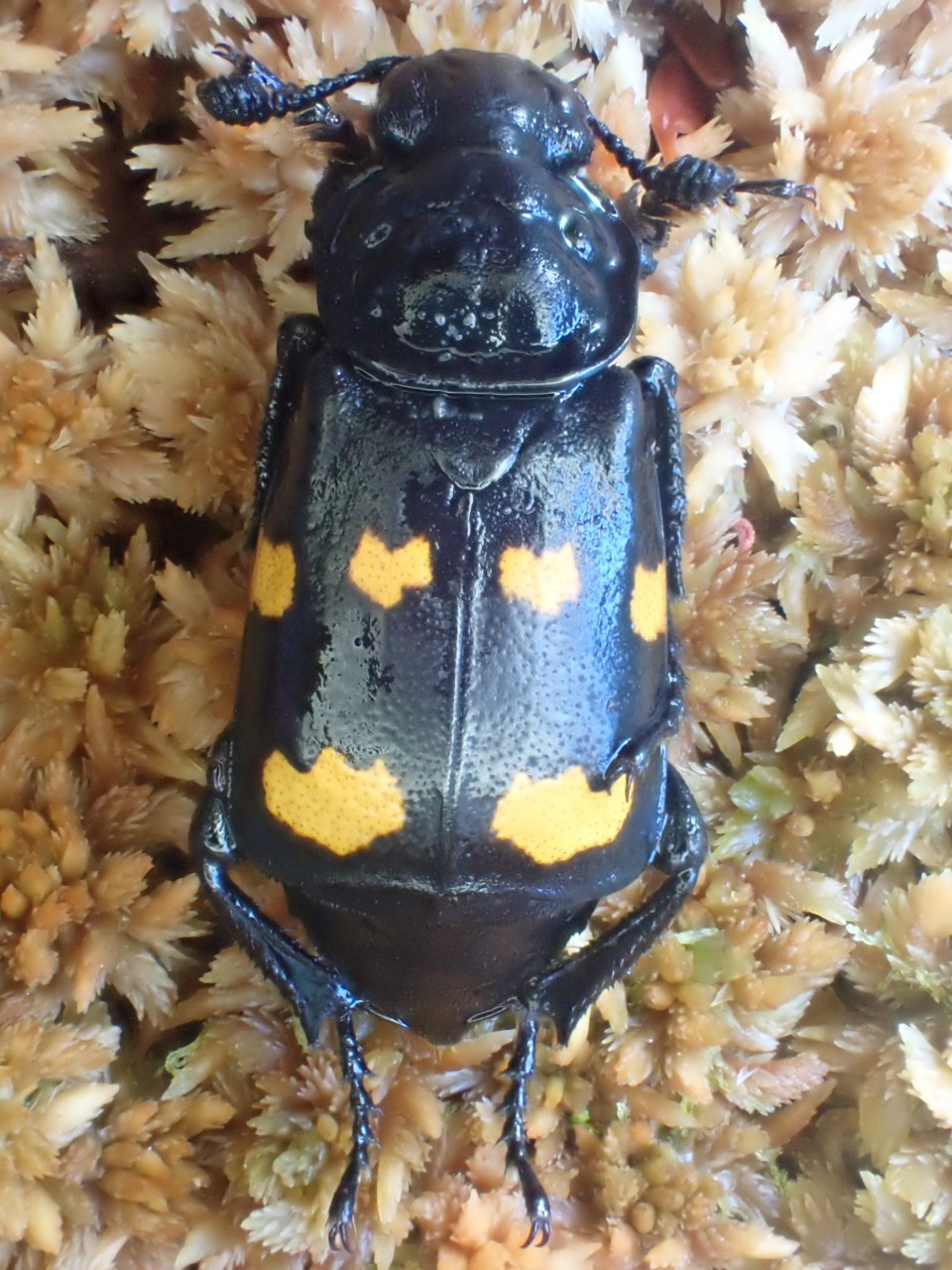As you are probably aware, parental care in nature is not uncommon. Teaching one’s young about the dangers and desserts of the natural world is vital to their survival. Just like humans, our feathered and furred neighbours pass on important behaviours for a successful life.
As residents of the Sea to Sky corridor, we’re lucky to live beside mama bears who stay with their cubs for up to two years; beavers who teach their young lodge-building and foraging behaviours; and Canada jay/whiskey jacks that teach their young how to cache and retrieve food, with or without an outstretched tourist’s hand. But what about our local insects?
While most insect species do not engage in direct teaching of their young, there are a few uncommon examples of parental care of our local insects where adults provide some form of guidance and protection. Parental care of the insect form includes: providing food, shelter, or protection, which therefore contribute to the survival and development of their future sclerotized offspring.
Certain species of social wasps, such as paper wasps (Polistes spp.), exhibit parental care that involves some degree of teaching. Similar in appearance to yellowjackets, the adult wasps construct teeny-tiny intricate nests from paper-like material and lay eggs inside open individual cells. Perhaps you’ve come across one under a roof eave or deck. The adult wasps then feed the developing larvae regurgitated food, in so doing teaching them about food sources and foraging behaviours. Adult female wasps (queens) teach their daughters the skills required to gather materials, construct nests and overall care for the colony.
Burying beetles are another fascinating insect that provides parental care. Adult burying beetles forage for small animal carcasses. After removing any fur or feathers, the beetles roll the flesh into a beautiful ball and stash it underground. Would you do that for your child? This fleshy ball serves as a food source for the larvae either as a regurgitated meal via the adult, or directly munched from the ball. Funnily enough, it pays to not be an annoying young larvae! A study found that adult beetles will ignore pestering larvae, and preferentially feed older larvae. A good lesson for anyone with siblings, beetle or human!
These examples highlight some less common but still very fascinating instances of parental care in our local insects. Just like us humans, these insect moms and dads demonstrate the diverse range of strategies employed to ensure the survival and success of their precious and dear offspring.
At the beginning of June, lucky classrooms from Spring Creek Community School, Myrtle Philip Community School, École la Passerelle, Whistler Waldorf, and Whistler Secondary received a biodiversity presentation from a scientist during our June BioBlitz event. If your student came home excited about insects or other fauna and flora, we encourage you to spark up a conversation with your own young scientist and ask what you as a parent or guardian can learn from our backyard dwelling parents. You might just be inspired by a two-, four- or six-legged critter!
Naturespeak is prepared by the Whistler Naturalists. To learn more about Whistler’s natural world, go to whistlernaturalists.ca. n




